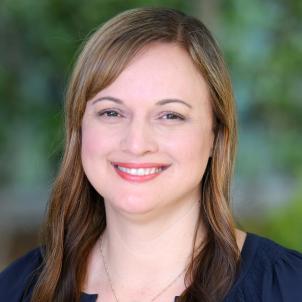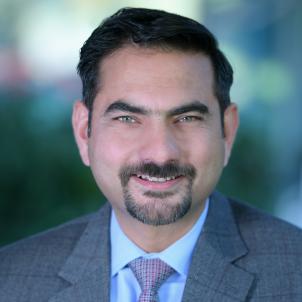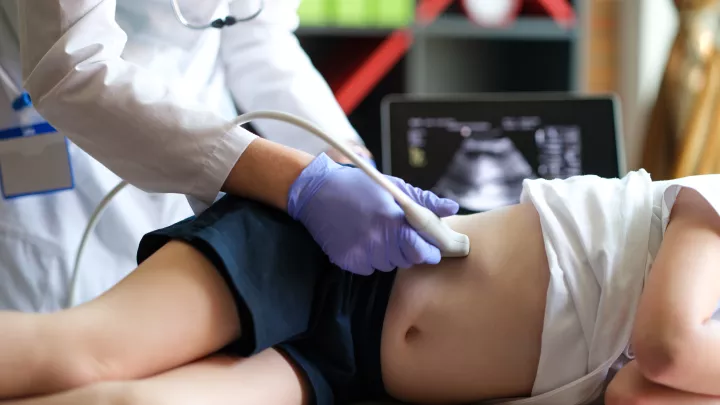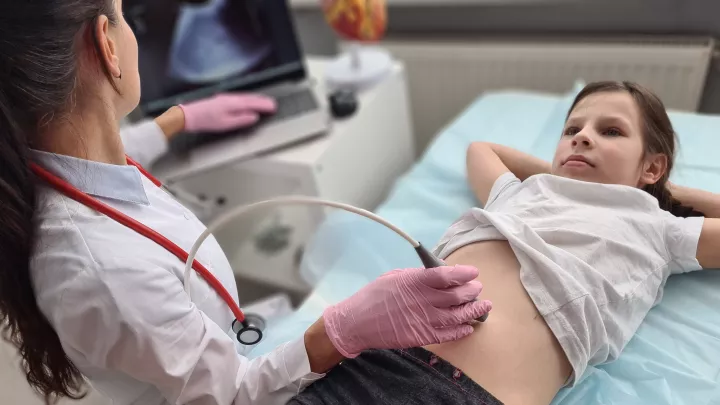Children’s Hospital Los Angeles Researchers Develop Clinical Tool to Predict if a Child in Acute Liver Failure Will Need a Transplant

LOS ANGELES (October 23, 2023) ─ About 50 children are waitlisted for transplants in the U.S. a year due to acute liver failure. Unlike children with chronic liver disease, previously healthy children who develop acute liver failure can suddenly deteriorate. While pediatric acute liver failure has been linked to both viral hepatitis and drug-induced liver injury, at least half of cases have no apparent trigger. When a child in acute liver failure is admitted to the emergency room, the medical team may have only a brief window in which to decide whether a transplant is necessary.
“The liver has the potential to regenerate, unlike most other organs in the body,” says Children’s Hospital Los Angeles transplant surgeon Juliet Emamaullee, MD, PhD, FRCSC, FACS. “But you might not know whether a patient will become so sick that they need an emergency transplant—or if their liver has the potential to recover. A liver transplant is a major operation that commits them to lifelong immunosuppressant drugs, among other issues.”
A new app to reduce uncertainty
Now, a team led by Dr. Emamaullee, Research Director in the Division of Abdominal Organ Transplantation, has developed the Children's Hospital Los Angeles Acute Liver Failure (CHALF) Score, a free, web-based application that is downloadable by smartphone. The CHALF Score predicts if a child experiencing acute liver failure will recover or should be referred to a transplant center. The study, of which Dr. Emamaullee is senior author, was published in the journal Transplantation.
Current decision support tools don’t work for pediatric acute liver failure

Available decision support tools such as the Kings College Hospital criteria (KCHC), the pediatric end-stage liver disease (PELD) score, or the liver injury unit (aLIU) score don’t work well for children with acute liver failure as they were developed for different purposes. The KCHC is designed for adults, not children. The PELD score was created to measure chronic—not acute liver disease—in children, and the aLIU is based on lab results from one moment in time; none of these tools accurately capture the instability of children with acute liver failure.
Doctors do not want to refer a child for liver transplant who could otherwise recover with medical treatment—about 70% of children with acute liver failure recover while keeping their original liver. But up to 25% of patients will need an emergency transplant. Anticipating whether a particular child will deteriorate is crucial, because between 10% to 15% of children with acute liver failure can die if they become too sick for transplant or don’t receive an organ in time. “We are always playing a guessing game,” says Rohit Kohli, MBBS, MS, Chief, Division of Gastroenterology, Hepatology and Nutrition at CHLA and study coauthor. “And of course, for safety’s sake, we err on the side of trying to transfer and list the child [for transplant] as fast as possible. But many times, children will rally.”
Proving the tool works
Dr. Emamaullee’s group developed the CHALF score by constructing a machine learning-based model and training it on results from common tests that 147 pediatric acute liver failure patients treated at CHLA received in the emergency room or at hospital admission. The researchers sorted patients by demographics, diagnosis and laboratory results over the course of hospitalization and used statistical methods to arrive at the clinical tests and values that best predicted either the probability of the child surviving with their own liver or needing a transplant to prevent death from liver failure.
The team then validated their predictive model in a larger group of 492 similar patients in the multi-center National Institutes of Health (NIH) Pediatric Acute Liver Failure Study Group (PALFSG). The model was able to predict patient outcomes with high accuracy (0.83), outperforming the other two pediatric decision support tools (PELD and aLIU).
Using the output of the CHALF model, the team built an app they dubbed the CHALF score, which assesses liver failure risk on a scale of 5-60. A score above 30 predicts worse outcomes and should prompt urgent referral to a transplant center. A score under 30 indicates the probability that patients are likely to survive with their own liver.
Five out of five so far
The team has since used the CHALF score to assess five children at CHLA. “Every time, the actual outcomes matched the CHALF prediction,” says Dr. Kohli. “It's like a light in a very dark room. Teams in emergency rooms will be able to decide whether to transfer a child to a transplant center, and then whether to list a child for liver transplant. Both of those decisions will be helped by this tool.”
The team is next partnering with Beth Carter, MD, Medical Director, Medical Director, Liver and Intestinal Transplant Program, and CHLA Primary Investigator on the ongoing NIH-sponsored Treatment for ImmUne Mediated PathopHysiology (TRIUMPH) study, which examines whether liver injury can be reversed in children with acute liver failure by treatment with immunosuppressant medications. “We would like to see how our score predicts the outcomes of these patients as well,” says Dr. Emamaullee. “A score that is predictive and reliable can really have an impact on how we take care of patients in a situation of clinical uncertainty.”
The CHLA team is sharing the CHALF score with medical teams around the world. “Because we have already externally validated it with a big data set from a multi-center study, people can start using it now,” says Dr. Emamaullee.
Study co-authors were Johanna Ascher Bartlett, MD, of CHLA and USC, Sarah Bangerth, MS, and Shannon Jordan of USC, and Carly Weaver of CHLA, Sarah Barhouma, MHA and Kambiz Etesami, MD, of USC.
The study was supported in part by grant K08CA245220 from the National Cancer Institute.
About Children’s Hospital Los Angeles
Founded in 1901, Children’s Hospital Los Angeles is at the forefront of pediatric medicine and is the largest provider of hospital care for children in California. Children’s Hospital is home to renowned experts who work together across disciplines to deliver inclusive and compassionate care, and drive advances that set pediatric standards across the nation and around the globe. Children’s Hospital Los Angeles delivers a level of care that is among the best in the world for a truly diverse population of children. The Hospital is consistently ranked in the top 10 in the nation on U.S. News & World Report’s Honor Roll of Best Children’s Hospitals, including No. 1 in California and No. 1 in the Pacific U.S. region. Children’s Hospital Los Angeles embraces the hospital’s mission to create hope and build healthier futures. Children’s Hospital Los Angeles is among the top 10 children’s hospitals for National Institutes of Health funding. The Saban Research Institute of Children's Hospital Los Angeles supports the full continuum of research, allowing physicians and scientists to translate discoveries into treatments and bring answers to families faster. The pediatric academic medical center also is home to one of the largest training programs for pediatricians in the United States. And the hospital’s commitment to building strong communities is evident in CHLA’s efforts to fight food insecurity, enhance health education and literacy, and introduce more people to careers in health care. To learn more, follow CHLA on Facebook, Instagram, LinkedIn, YouTube and X, formerly known as Twitter, and visit CHLA.org/blog.


